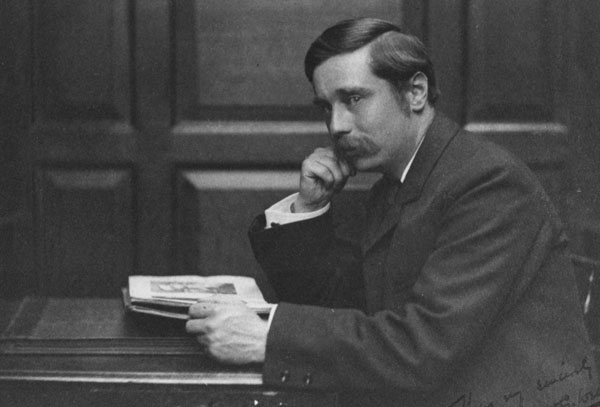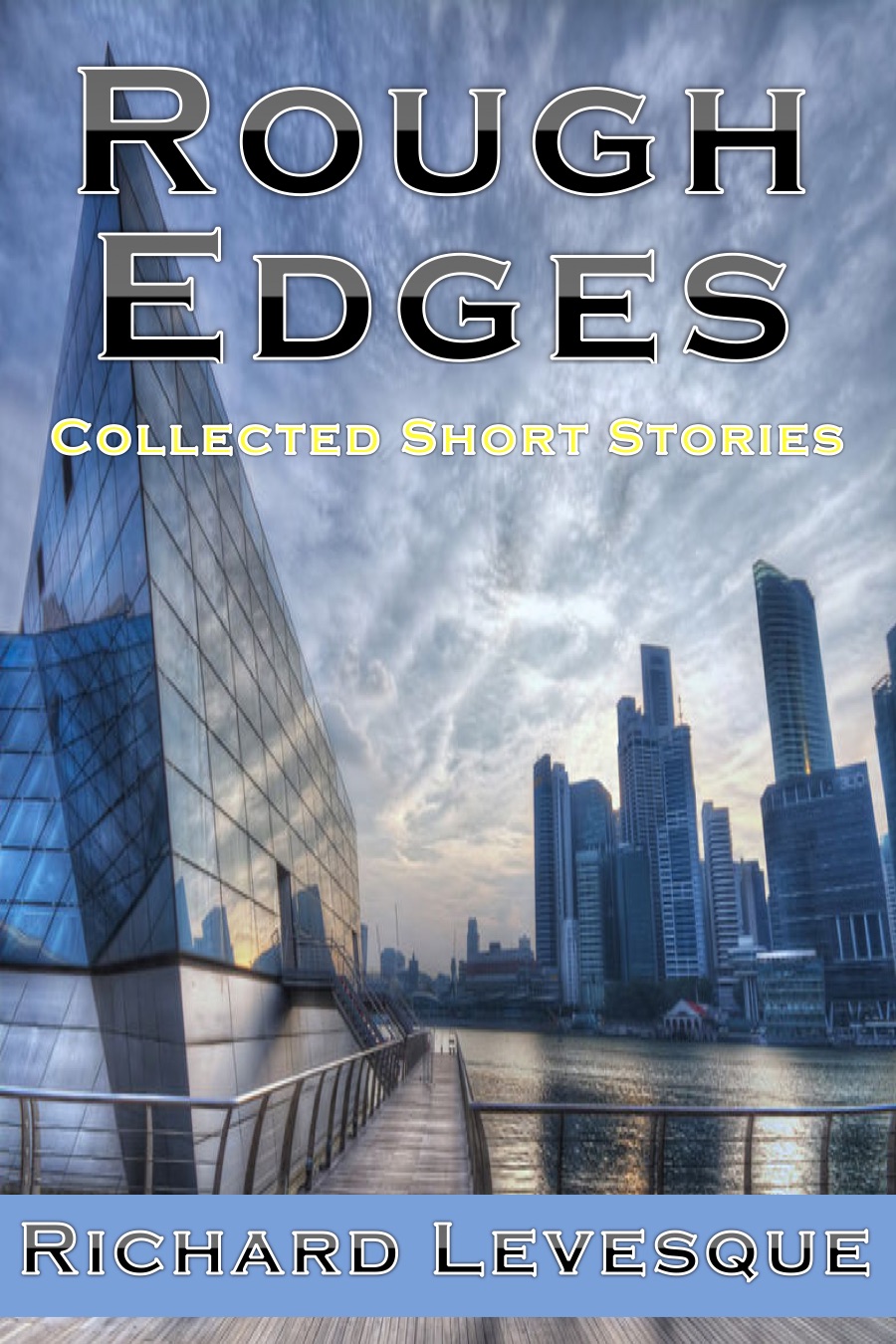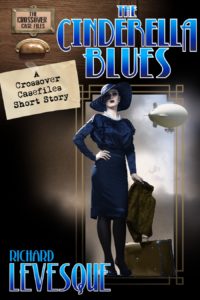Time Travel / Alternate History Month with The Cellophane Queen
It’s Time Travel month on The Cellophane Queen’s blog.
All through the month of September, Marva Dasef is devoting her blog to posts about time travel and alternate history with guest posts from authors who’ve written on the theme in a variety of ways.
Here are the people who’ll be guesting on the subject:
Pat McDermott: Irish kings still rule the Emerald Isle…and a princess is in trouble.
Renee Duke: The two little Princes in the Tower disappeared five centuries ago – so what are they doing in our time?
Sherry Antonetti: “Everyone thinks they know what happened in the Trojan war and afterwards, but no one ever bothered to ask me.” –Helen of Troy
Richard Levesque: What if all you had to do to make your dreams come true was violate the laws of the universe?
Penny Estelle: Billy Cooper shrugs off a history assignment until he comes face to face with a 14th Century legendary hero!
Heather Albano: Time travel via a timepiece? If you get the right one.
Pippa Jay: Space, time, sexy. What more can one say?
Penny Ehrenkranz: Lindsay Baker’s purchase of an antique mirror sends her back in time to salvage a love torn apart by class restrictions.
Nancy Bell: Would you like to be one of King Arthur’s knights? No problem.
Frank Allan Rogers: Can a 21st C. man survive in 1847?
Marva Dasef to fill in the gaps with an Alt History story and using a wormhole to travel between worlds without taking any time at all.
 All of this has gotten me thinking about time travel fiction. When I teach H.G. Wells’ The Time Machine (1895) in my science fiction class, the students always enjoy the narrative. It serves as a great introduction to modern science fiction because Wells makes a point of having the Time Traveler discuss the scientific basis on which his time machine works–the idea of time being the fourth dimension and the possibilities of moving in various directions within that dimension the way we do in the other three.
All of this has gotten me thinking about time travel fiction. When I teach H.G. Wells’ The Time Machine (1895) in my science fiction class, the students always enjoy the narrative. It serves as a great introduction to modern science fiction because Wells makes a point of having the Time Traveler discuss the scientific basis on which his time machine works–the idea of time being the fourth dimension and the possibilities of moving in various directions within that dimension the way we do in the other three.
While thinking about this yesterday and doing some looking around online, I came across a short story Wells published in 1888 called “The Chronic Argonauts.” It’s a simpler time travel story, but clearly an influence on the novel he’d publish 7 years later. Here, too, there is a time machine as well as discussion of the fourth dimension that’s pretty close to what he would use in the later novel.
Wells stands out by making his time travel fiction grounded in science, something not found in earlier time travel narratives dating back to Hindu mythology. In most of those stories, characters are transported to the past or the future through mystical means–sometimes in dreams, sometimes by sleeping for extended periods, sometimes with divine help. And I would argue that those stories aren’t exactly science fiction. Maybe closer to fantasy.
I’ve posted earlier on some of the differences between fantastic time travel and science fictional time travel. I’m interested to see what some of the other writers will be throwing into the mix as they share their ideas on the subject this month. I hope you’ll drop by Marva’s blog to join in the conversation.
"The Chronic Argonauts" Alternate History H.G. Wells Heather Albano Marva Dasef Nancy Bell Pat McDermott Penny Ehrenkranz Penny Estelle Pippa Jay Renee Duke Science Fiction Sherry Antonetti The Cellophane Queen The Time Machine time travel Time Traveler








2 Responses
What a coincidence. I chose “Chronic Argonauts” for an excerpt of H.G. Wells’ work for this month. I figured everybody knew about “The Time Machine.” That’s okay, though. With a couple of extra writers signing up, I have less to fill. By the way, Frank likes to use his full name, Frank Allan Rogers, since there are two other Frank Rogers writers.
I am looking forward to your posts particularly, Richard, since you have the best grasp on the science aspects of time travel.
Thanks. I’ll make the change for Frank. And thanks for the compliment.
Comments are closed.